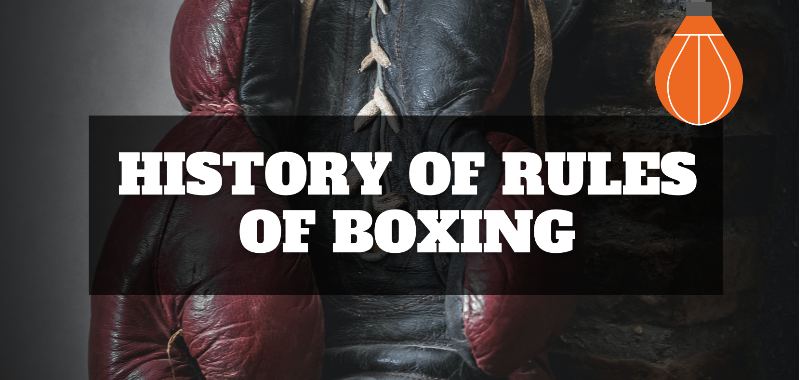
A detailed analysis of boxing rules
Some words about boxing
It is a sport in which two players hit punches at each other taking protective measures like putting on gloves in their hands, mouth guards in a boxing ring for a fixed amount of time. Boxing was organized as an Olympic game in 688 BC in Ancient Greece. Jack Brownton is considered the “father of Boxing”.
The boxing gloves, mufflers were invented by him. Boxing in the United States of America is very popular all over the world. In 2017 Sweden, in 2013 in Cuba had banned professional boxing. The country’s legendary leader Fidel Castro found it corrupted and the authorities found it extremely dangerous.
History of rules of boxing
The champion Jack Broughton invented the first rule of boxing in 1743. It is also called Broughton’s rules. The Marquess of Queensberry Rules, popularly known as Queensbury Rules firstly made a law of using gloves while boxing in the boxing ring.
The Queensbury Rules are the rules which are accepted in boxing. It was drafted in London in the year 1865 and later in 1867, it was published. Modern boxing is based on these rules.
Rules associated with boxing
The rules of boxing are not the same in every jurisdiction. There are 30 rules in boxing.
- The players can not hurt the opponent’s head, forearm, elbow, shoulder.
- Players can not bite, spit, push or hit below the belt to their opponent.
- Players can not hit opponents without wearing gloves.
- A boxer cannot hit the opponent when he is knocked down. If somehow the opponent manages to knock out of the ring, he gets only 20 seconds to return inside the ring.
- Hurting the opponent unconstitutionally may cause point deduction and disqualification.
- Each boxing has many rounds. Most of the matches have 12 rounds but some matches consist of 3 to 15 matches.
- Generally, there are 3 judges for a boxing match. Sometimes it may vary to 2 to 5 judges. If a match is at the ending point where no boxer cannot be knocked down, the result, which is decided by the judge, is called a decision.
- If all the judges give the fighters an equal score or if the two judges give the two different fighters winning points, the remaining judge’s given score is considered a draw. These conditions are known as split decisions.
The terms related to boxing

Jab: This is the simplest form of punch. It can be used as an attacking and defending purpose. The boxer can use it to prevent the opponent.
Cross: This is one of the types of punching. It is a powerful but risky punch in boxing. It gives the scope to the opponent to attack.
Hook: Flexibility in the body is a winning factor for this kind of punch. The players need to catch their opponent by taking advantage of his unawareness.
Mental strength: Boxers need to be mentally strong along with having physical strength.

